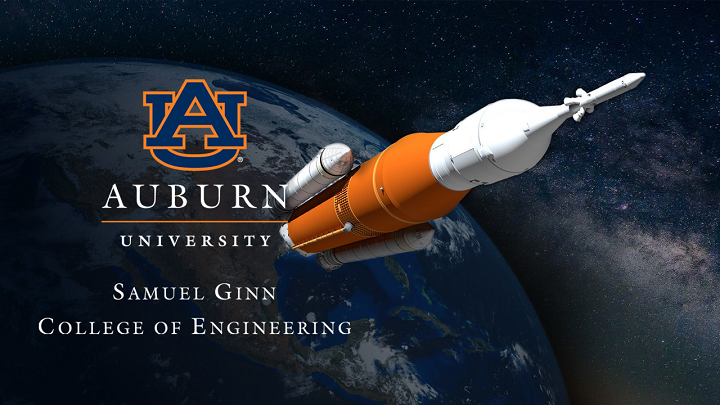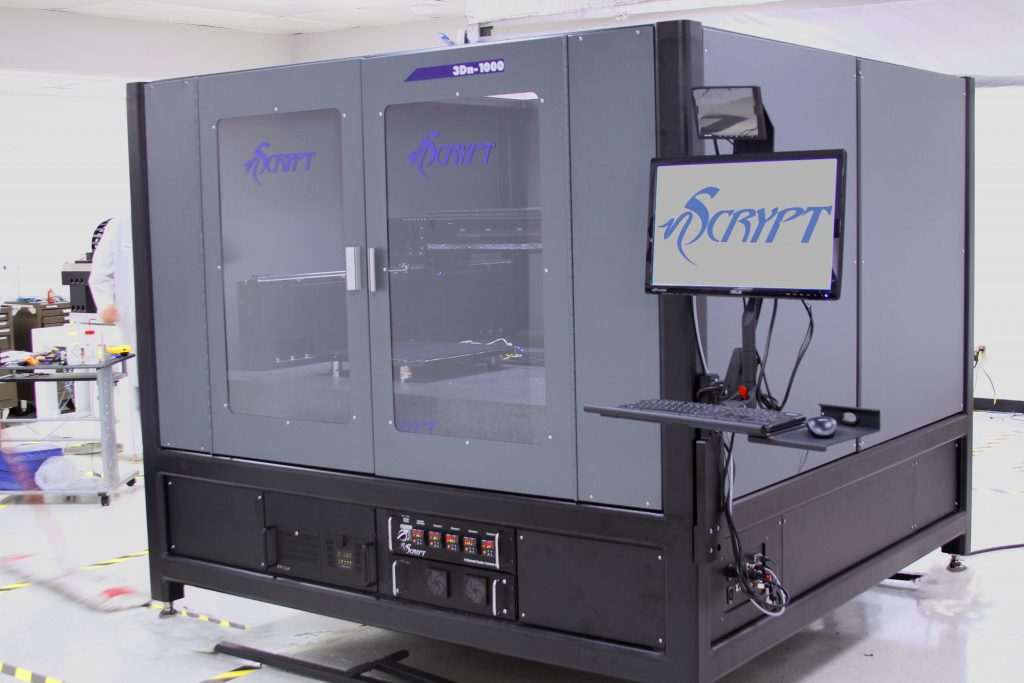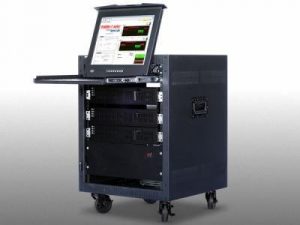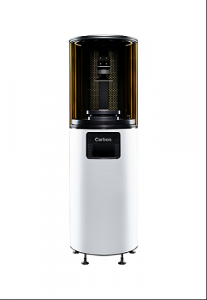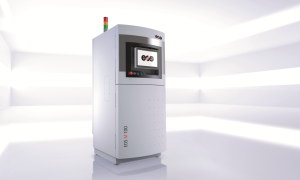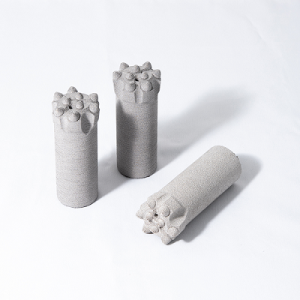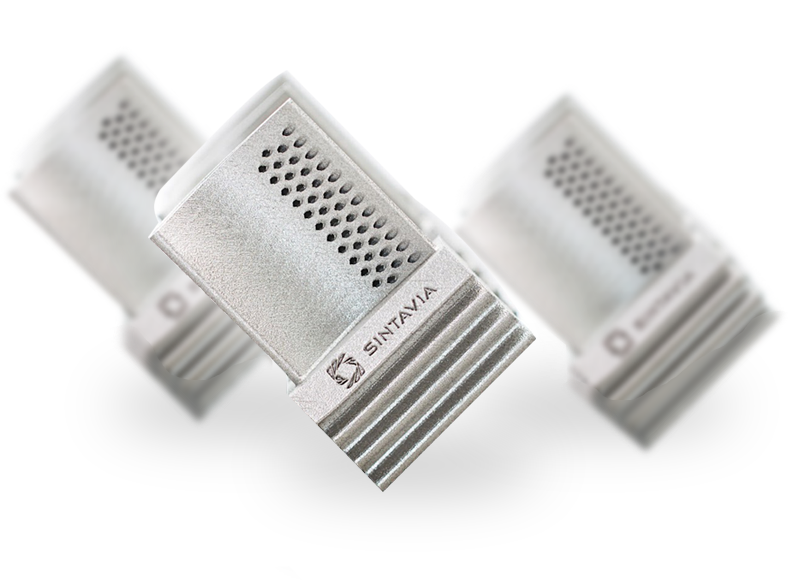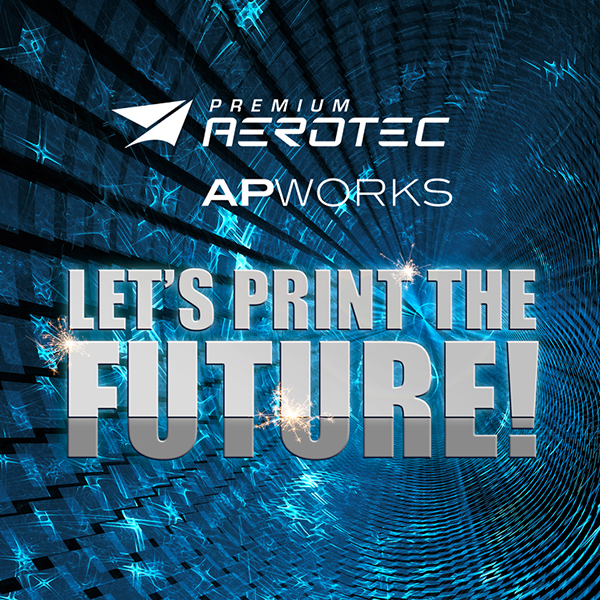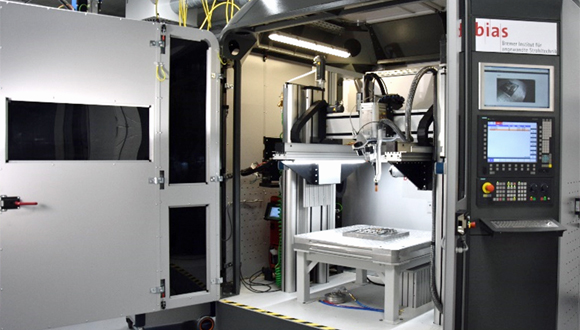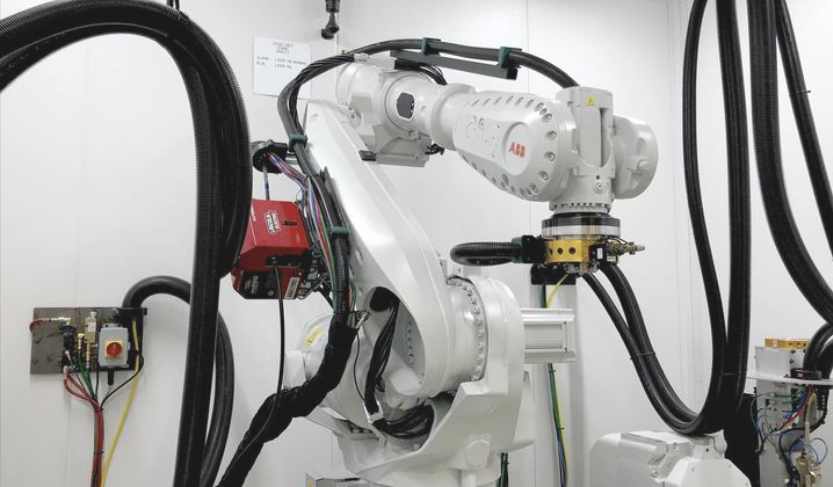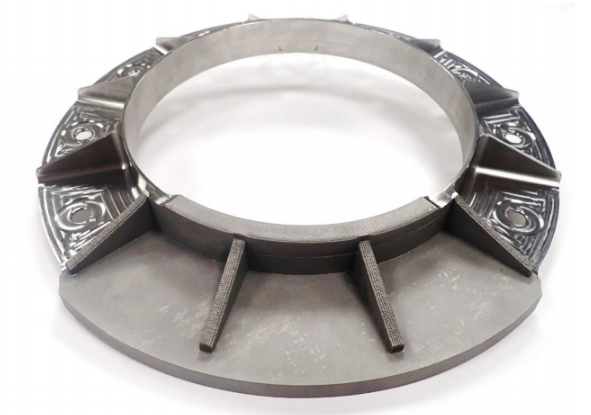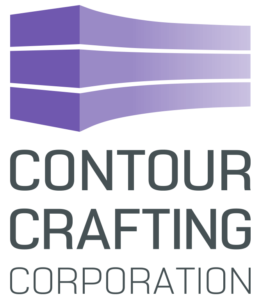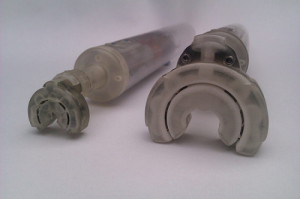Corrosion is inevitable when metal and other parts are exposed to the salt air—and especially routinely, as is the case for military ships and other hardware. The Department of Defense (DoD), in an attempt to battle the rigors of nature, has awarded a contract to 3D Systems for research and development in ‘Corrosion Performance Design Guide for Direct Metal Printing of Nickel Alloys.’
 While 3D Systems is noted as a leader in the world of 3D solutions and workflow systems, the DoD chose them for the contract due to their capabilities in collecting data on corrosion and then developing new production via direct metal printing (DMP); in fact, 3D Systems technology and expertise are considered to be ideal for creating munitions as well as shipbuilding especially, due to excellent quality control of parts and low oxygen content.
While 3D Systems is noted as a leader in the world of 3D solutions and workflow systems, the DoD chose them for the contract due to their capabilities in collecting data on corrosion and then developing new production via direct metal printing (DMP); in fact, 3D Systems technology and expertise are considered to be ideal for creating munitions as well as shipbuilding especially, due to excellent quality control of parts and low oxygen content.
During this contract, 3D Systems will also be partnering with Newport News Shipbuilding and Northrop Grumman Innovation Systems, along with University of Akron corrosion experts. The goal is to reduce maintenance costs in naval sea systems, and as experts in materials science, the team at 3D Systems has excellent knowledge of metals and how they corrode.
“We believe that post-processes for additively manufactured components can be designed to limit corrosion in a saltwater environment,” said Dr. Jared Blecher, principal, aerospace & defense engineering, 3D Systems.
“Through our research and development efforts, corrosion rates will be quantified for additively manufactured parts, so end users will have better data for deciding when parts should be inspected or replaced. Additionally, we’ll explore the value of heat treatment to help improve the mechanical properties of the part and mitigate corrosion and ultimately cost.”
As 3D Systems, Newport News Shipbuilding, and Northrop Grumman Innovation Systems work together to target nickel alloy corrosion difficulties in a list of 240 tests with four different surface finishes, 3D Systems will also be able to make sure that parameters and integrated software are used correctly during evaluation of the issues—mainly seen in naval sea system platforms and high-speed weapons.

The Corrosion Guide will explore how metal additive manufacturing can positively impact shipbuilding and munition fabrication. (Image courtesy of Huntington Ingalls Industries)
The researchers will also use a variety of heat treatments to evaluate the following:
- Crevice
- Stress corrosion cracking
- Galavanic corrosion modes
They will also simulate:
- Range of surface conditions
- Elemental micro-segregation
- Deleterious secondary phases found in deployed components
“There’s no question that the DoD’s need for rapid qualification and certification of additive manufacturing processes like DMP using metal materials like Nickel alloys is great. The creation of a performance design guide by 3D Systems and its project partners will be of tremendous value to the DoD,” said America Makes Executive Director John Wilczynski.
“With qualified empirical data on how to minimize saltwater corrosion of additive manufactured components used in weapon systems, defense supply chains can accelerate their adoption of additive technologies to manufacture these critical components.”
Recent studies have shown that corrosion issues are extremely expensive, costing the U.S. Navy over $8.5 billion a year. Because corrosion is only exaggerated due to traditional manufacturing methods which add stress and weakening, AM processes can offer a host of benefits, plus corrosion resistance. Once corrosion issues are out of the way, not only is there a tremendous savings for the budget, the military can avoid less maintenance time and less inspections.
“We’re excited to partner with 3D Systems on this important effort,” said Charles Southall, vice president of engineering and design for Newport News Shipbuilding, a division of Huntington Ingalls Industries. “Last year, we collaborated to qualify metal additive manufacturing technologies to build naval warships, and installed 3D Systems’ DMP technology. We’re looking forward to expanding that work by developing design standards to help create more durable parts, and ultimately improve the quality of our armed forces’ fleet.”
3D Systems was selected during a competition headed by America Makes, the National Additive Manufacturing Innovation Institute, and the Department of Defense. The program is a Directed Project Opportunity on Advanced Tools for Rapid Qualification (ATRQ), funded by the Manufacturing and Industrial Base Policy Office within the Office of the Secretary of Defense.
The DoD has had its hands in many 3D printing ventures over the years from government projects to help with 3D printing to research and development for materials, to the development of 3D printers.
What do you think of this news? Let us know your thoughts! Join the discussion of this and other 3D printing topics at 3DPrintBoard.com.
[Source / Images: press release]
The post 3D Systems Awarded Department of Defense Contract to Solve Navy Ship Corrosion Issues appeared first on 3DPrint.com | The Voice of 3D Printing / Additive Manufacturing.









